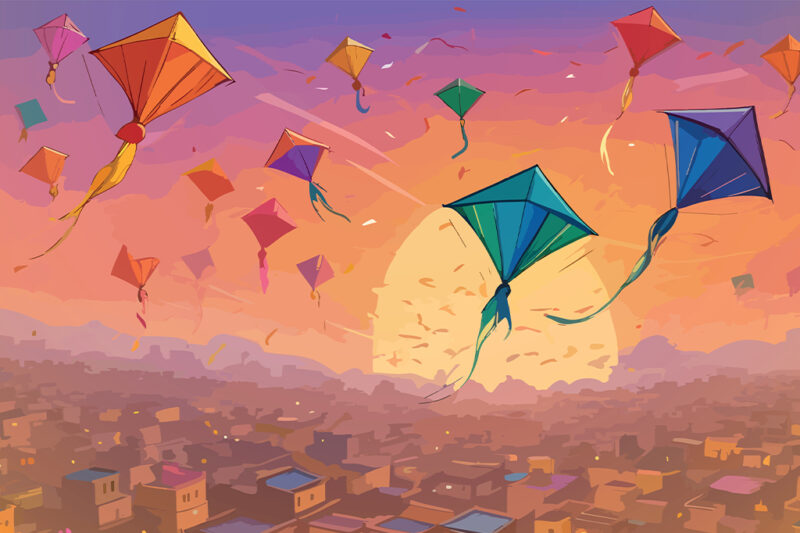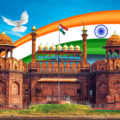
Long ago, in a time when gods and mortals shared the earth, the land was lush and the seasons were ruled by divine beings. Among these was Surya, the Sun God, whose golden chariot raced across the sky, spreading light and warmth. His presence was a blessing to the earth, bringing life to crops, joy to creatures, and hope to humanity.
Surya had a son named Shani, the deity of justice and karma. Despite being father and son, their relationship was strained. Shani’s austere and serious nature often clashed with Surya’s radiant and prideful demeanor. The discord between them grew so intense that Surya refused to visit the regions under Shani’s influence, leaving the lands cold and barren.
Seeing the suffering of humanity due to the harsh winters, the great sage Narada decided to intervene. He approached Surya and reminded him of his duty to all creation. “Oh Surya Deva,” Narada said, “your light is not just your pride; it is the lifeblood of the world. Without it, crops wither, rivers freeze, and hearts lose their warmth. You must resolve this rift with Shani for the sake of the earth.”
Surya, though reluctant, understood the wisdom in Narada’s words. He decided to reconcile with his son and planned a visit to Shani’s domain. The day he made his journey was marked by a celestial alignment, where the Sun began its northward movement, known as the Uttarayan. This shift in the Sun’s path symbolized a new beginning and marked the end of winter’s grip.
As Surya’s chariot entered Shani’s realm, the icy winds gave way to gentle warmth. The fields, once barren, began to sprout green shoots. People rejoiced, lighting bonfires, sharing sweets, and celebrating the return of the Sun’s blessings. They offered prayers of gratitude, flew kites as a symbol of reaching for the divine, and exchanged sesame sweets, saying, “Let bygones be bygones.”
From that day forward, this celestial event became an annual celebration, called Makar Sankranti, signifying the Sun’s entry into the zodiac sign of Capricorn (Makara). It marked the triumph of light over darkness, warmth over cold, and harmony over discord.
The festival also became a time to honor the farmers who toiled under the Sun’s rays, ensuring that humanity had food to sustain life. It celebrated the end of the harvest season, with people offering their first crops to Surya as a token of gratitude.
Thus, Sankranti became a festival of unity, renewal, and gratitude—a time to celebrate the Sun’s journey and its blessings upon the earth.
January, 2025































